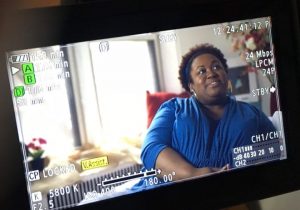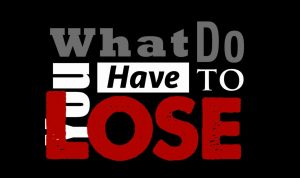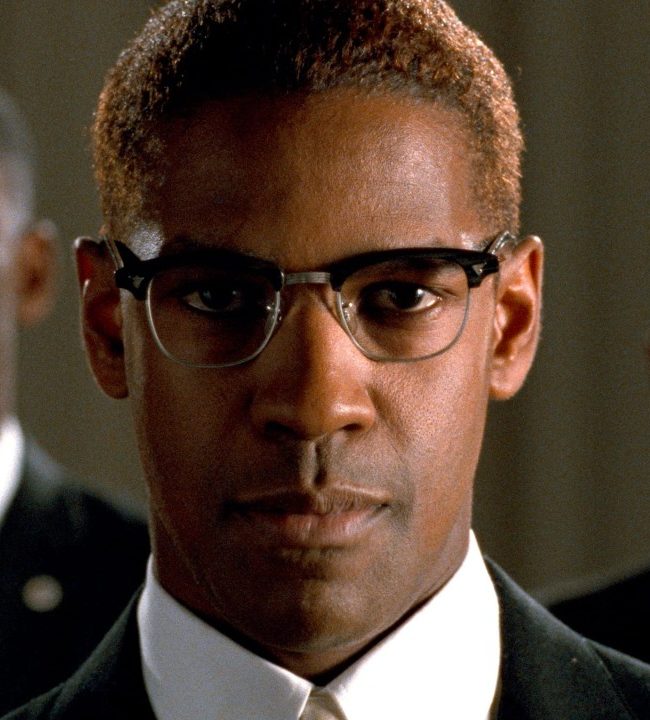A Conversation with Trimiko Melancon (WHAT DO YOU HAVE TO LOSE?)

A wonderful premiere at Indie Memphis last week lead me to Interview Director Trimiko Melancon about her feature documentary What Do You Have to Lose? The film looked at the question Trump posed in his political campaign about electing him and the consequences of his winning the presidency in 2016, the history of why it was possible and how backlash with social progression is always a major part of America.
What Do You Have to Lose? explores the history of race in the United States to shed light on the current political and racial landscape in America during the post-Obama age of Trump. From Charlottesville and the rise of the alt-right to Black Lives Matter and the death of George Floyd, this film takes an arresting look at how did we get here, why does it matter, and what do we, as individuals and a nation, have to lose?
Hammer to Nail: The film interweaves a lot of history and context in a short time. Can you talk about what choices you took to weave together all of these important topics together?
Trimiko Melancon: Indeed, the documentary has an expansive historical and contextual coverage. Choices in terms of what was interwoven were based on some fundamental questions: what must the film illuminate to reveal the dynamics that occurred in the past that’s led to the current state of affairs? How did we get here as a nation? And, lastly, what tactics and legacies, racial as well as political, does Trump exploit in our nation’s history and, in turn, uses in exaggerated, hyperbolic form in the contemporary moment?
One of the overarching objectives, then, was to shed light to reveal that what is happening now—from Trump’s tactics and policies, the backlash against our nation’s first African American president, the rise of the alt-right, the heightened partisanship and danger that presents to our democracy to the onslaught of the killings of Black people at the hands of the police and others, along with the degree of xenophobia against communities of color — is not entirely new. I also needed to utilize history, the archival footage and still images, to show that the current moment is, in part, a byproduct of earlier or other dynamics that we, as a country, have overlooked, forgotten, or willfully swept under the rug.
Part of what I recognized going into this documentary film project, and it’s something I have long realized as a college professor, is that we, as a nation, have become increasingly more ahistorical and politically illiterate as Americans. That, too, by design is dangerous. So I knew there was a real need, it was requisite “out of the gate,” for the film to provide those larger historical contours and connections because what we witness today is along that continuum. And interweaving history and context is the added material proof, the very substantiation, that is undeniable, especially in a moment when people cannot always decipher what it real from what is intentionally “fake” or disingenuous.
HtN: I really appreciated seeing this a week before the election as honestly, I believe a lot of us are feeling that fatigue and frustration at a heightened level. But since this is the world premiere, what are your goals for the film post-Indie Memphis? Congrats on your world premiere also!
TM: I am so delighted What Do You Have to Lose? premiered at Indie Memphis, which was such impeccable timing. A goal, I hope, is that this film becomes the beginning of a conversation and discourse regarding the status of certain individuals in America, about our democracy, our need to shift and think about politics in a different way, and the radicalized aspects of this and our nation. I could not have made this at a more crucial moment with the election and the reinvigorated Movement for Black Lives, especially amplified with the death of George Floyd. So the film really forces us to look at, contend with, and see what has happened and will continue to happen if we have no game plan, are indifferent, are immobilized, or are stymied or polarized by party affiliation, race, or other factors.

Another tangible goal for this film, too, is and has always been to reveal, illuminate, and, since I am a tenured professor, to educate the people, the populace, to better equip viewers with the knowledge to navigate, rectify, and repair in a variety of ways. We do not have to be where we are in these precarious times. All of this was avoidable; and, history was the best instructor to show us the backlashes that occur. This documentary, by showing the pattern, that tapestry and “how we got here,” demystifies and compels change. There’s absolutely nothing that cannot be undone, that cannot be changed— and, as is also reverberated — cannot be won. That’s the history Black people in America. That’s the history of people of color and the marginalized in America. In fact, that’s the very history of America.
HtN: Depending on the election results, do you feel you may add additional information at the end of the film?
TM: No comment.
HtN: Since you are a Professor as well, I wanted to ask what went into deciding who spoke on camera as the experts? I especially appreciated Rosa Clemente talking about her perspective of the role of third parties in the country.
TM: As is the case in documentaries, the film and subject matter really dictated what types of experts I needed to consult to speak to the various topics. And, yes, as a professor, my position in academia certainly helped substantially in knowing precisely who to go to as well as enabled me to gain access to these specific experts, all of whom are brilliant, seasoned and prominent professionals: professors, authors, writers and public intellectuals, social justice advocates and/or former candidates in previous presidential elections, etc. So each choice was deliberate since the cadre of experts was invited to interview based on their noteworthy work.

For a film that discusses charismatic leadership, for instance, Dr. Erica Edwards has written a brilliant book on this very topic so she was the logical choice to discuss the rise of Hitler and the Trump presidency. Likewise, as a social justice activist, Rosa Clemente, the vice-presidential candidate for the Green Party in the 2008 election, was a natural selection to speak to the history of politics, Black Lives Matter, and the third party in our largely two-party American system, among other issues. So, to be clear, the choice of experts or who appeared in the documentary was not random but, rather, based on their known work and expertise that made them equipped and also suitable to contribute. At a time of “post-truth” and when it is difficult for some to distinguish fact from fiction, a documentary like this called for folks to elucidate and illuminate based not on individual feelings or contrived assumptions but on their decades-long research, professional credentials, and expertise. And each expert was stellar, I think, in providing poignant, salient, illuminating commentary that really helped make the documentary what it is.
HtN: There is a lot of the current President speaking in this film, what made you decide to highlight him in his own words rather than what others say?
TM: In the spirit of objectivity and not having folks say stuff that viewers could dismiss as experts projecting things onto the current president, the film uses the power of footage to allow Trump to speak for himself. It allows the viewers to see a catalog of what Trump has, indeed, said or done and is its own material evidence, which is incredibly important in a moment of “post-truth” or age of disinformation or so-called “fake news.” So the actual footage of Trump leaves viewers no space or room at all to deny, question or dismiss his actions or what he has said or done. Using this footage shows that neither I nor the film put words in his mouth. The extensive Trump footage, then, becomes an integral repository and even a mirror, if you will, that reflects precisely the actuality of what he has said and done so we, as viewers, see with greater totality his rhetoric, policies, and actions and, in most cases, their consequences.
View the filmmaker Q and A below
– Melanie Addington (@MelAddington)











